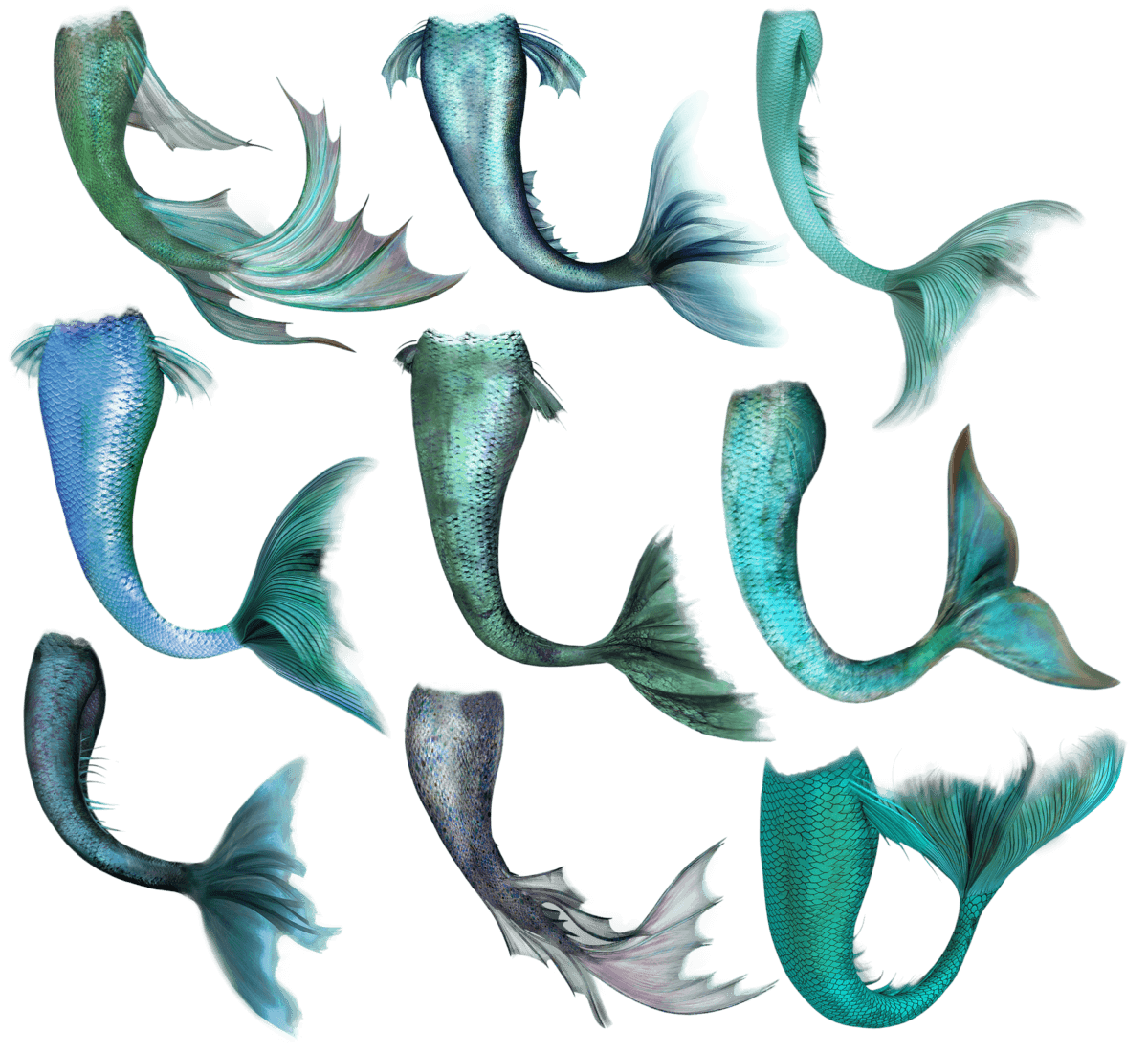Frequently throughout myths and folklore we can see the presence of nature spirits. Their names are varied and numerous: nymphs, faeries, sprites, elementals. Through different locales, cultures, and times, these capricious and mercurial embodiments of the natural world remain a constant. Some of the most well-known among these spirits are creatures of water. In almost every mythology there are malicious water spirits who will drown the unwary, or benevolent presences delivering fish, fresh water, and prosperity. The stories which surround them tell us a lot about the relationship between humans and the water so ever-present on our planet.
Most notorious among these water spirits are the seductive sirens who lure men to their deaths. In reality the sirens of the Odyssey were not the beautiful, mermaid-like temptresses we might imagine. The sirens Homer described were half woman, half bird. But the idea of a spirit luring the unwary to a watery grave was not unique to the Greeks. In the British Isles there is the Morgen, a female spirit who bewitched men with her beauty and illusions of underwater gardens, and the kelpie, a shapeshifter that would take many forms to coax people into the water where it could devour them. Slavic folklore tells of the Rusalka, the beautiful, restless spirits of drowned women who appeared in streams to lure passersby to their death. Though these images of seductive and beautiful femmes fatales may seem familiar, deadly male water spirits abound also. In Slavic myth we find the Vodyanoy; in Finnish myth the Nakki; in Japanese lore, the Kappa, and in the Solomon Islands the Adaro. The portrayal of these spirits and their interactions with humans reveals the relationship of those humans with water itself. Stumbling across one of these beings was seen as an ever-present danger when one ventured near rivers, lakes, or the ocean. And being drowned by one was often a result of not taking necessary precautions, being reckless, or guided by impulse rather than rationality. This is also true of interactions humans have with water. Particularly in ancient times, death by drowning was a constant risk, but one that was essential to life.
While water elementals in myth echo the ever-present danger and mercurial nature of water, they also remind us how important it is to our survival. Sirens may be the better remembered ‘mermaids’ of Ancient Greece, but far more commonplace in Greek and later Roman society were water nymphs: naiads, nereids, oceanids, and many others. While these nymphs retained the unpredictability of more malevolent elementals, it manifested in them as carefree, youthful energy. They were known for singing and dancing and were often associated with and bound to specific bodies of water. Nymphs were well-respected in Greek mythology. Seen as minor deities, they were often placed in the retinue of gods and goddesses. Other such benevolent or neutral spirits occur in widespread mythological traditions around the world. In Chile, there is La Pincoya, a female mermaid-like figure who summoned fish, and rescued those who were shipwrecked. In various traditions in Africa, the figures known as Mami Wata were capricious but ultimately benevolent spirits who brought bring water to the people who worshipped them. Selkies are Scottish folkloric beings who transformed from seals into humans, and featured in tales where they married or were forced to marry humans. Irish Merrows are the closest to the modern conception of a mermaid; beautiful half-fish, half-humans, they played lovely music from underwater. They were mostly considered peaceful and benevolent, and could interact with, or even fall in love with, humans, despite also being capable of luring humans into the water in a trance. These more ‘friendly’ portrayals of water spirits, that often coexist in the same traditions as the decidedly more dangerous entities mentioned before, add a level of complexity to the story about humans’ relationship with water. While the danger of drowning is ever-present, the life-giving nature of water, and the fish that dwell within it, has never been forgotten. The presence of often humanlike nymphs and mermaids in myth and folklore is interesting because it can show the fascination, wonder, and joy humans have always found in the unpredictability and freedom in nature, particularly in water.
Water spirits endure to modern times, but their representations now reflect a more confident and secure relationship with nature. Drowning is no longer a constant concern, and Australia in particular is known as a nation of swimmers. Our portrayals of mermaids reflect that view of water and the ocean: indeed, any fear of the depths below now manifests in the decidedly non-mermaid -like figures of sharks and sea serpents. Mermaids inhabit an escapist fantasy space, with children’s media like H2O: Just add water, Ponyo, The Little Mermaid, Aquamarine and the Ingo series of novels. We can wish we were mermaids, romanticise the beauty of breathing underwater and swimming effortlessly through the sea. Other ideas become caught up in the mermaid myth. Dolphins become an approximation of horses for an undersea civilisation. The legend of the sunken city of Atlantis pops up as a fantastical underwater metropolis of merpeople. Our portrayal of entities that live beneath the surface of our blue planet no longer reflects a respect, fear, and awe for a water which is both life-giving and lethal. Instead it conveys the curiosity and wonder evoked by the oceans as the last undiscovered places in our world.
We acknowledge the Ngunnawal and Ngambri people, who are the Traditional Custodians of the land on which Woroni, Woroni Radio and Woroni TV are created, edited, published, printed and distributed. We pay our respects to Elders past and present. We acknowledge that the name Woroni was taken from the Wadi Wadi Nation without permission, and we are striving to do better for future reconciliation.
